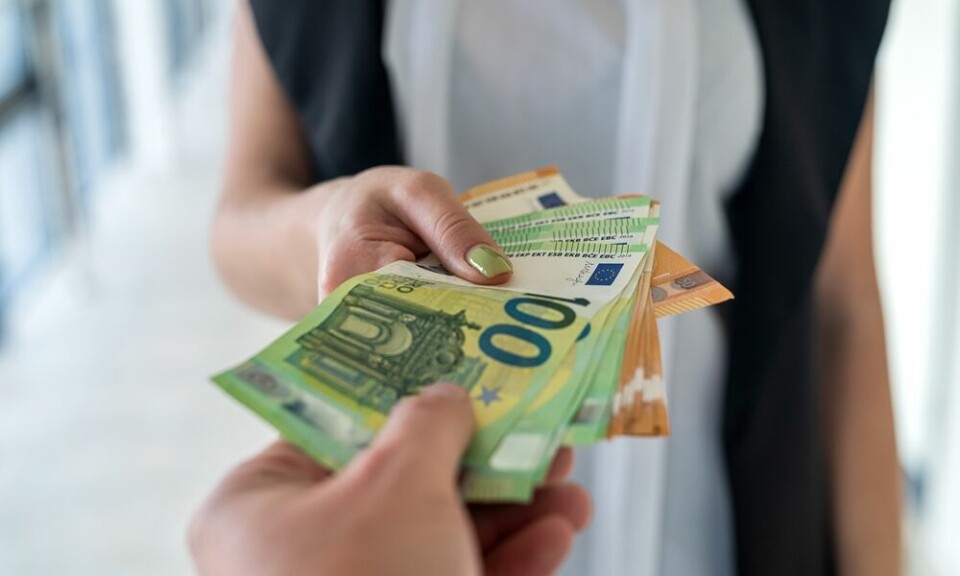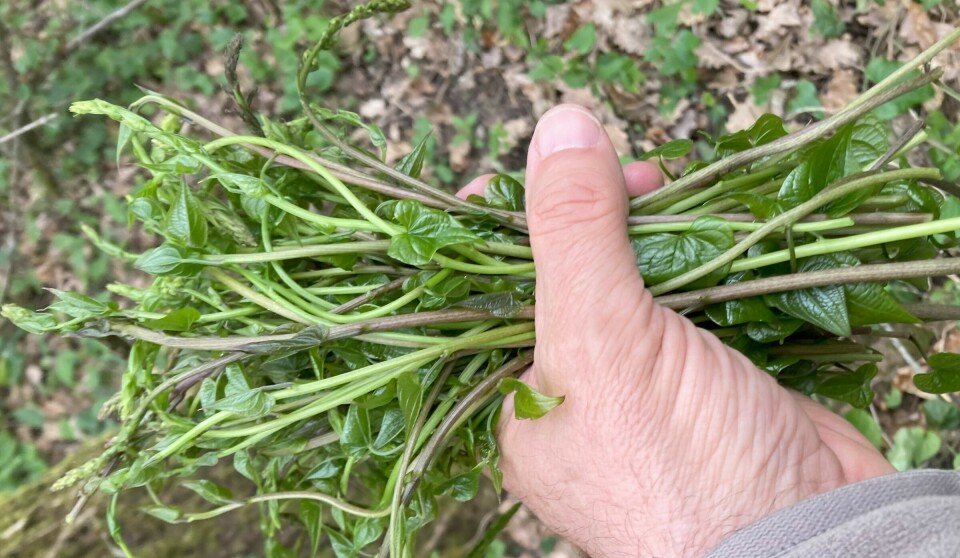-
GR, GRP, PR: What do the French hiking signs mean?
What are the coloured symbols on French hiking routes? Who paints them there and why?
-
Miss France: glam - but not sexy
Miss France organiser Geneviève de Fontenay fears she is fighting a losing battle to protect her 'Cinderella dream' from vulgarity
-
Normandy Landings visit for Queen
Queen Elizabeth has confirmed a state visit to France, ending rumours she is handing over duties to Charles
Lean years ahead for oyster farmers
Producers hope sales will see them through tough years to come
OYSTER farmers are hoping that a mystery illness which has killed millions of young oysters will not return and that sales this winter will see them through the coming shortage.
France’s oyster beds were hit by deadly disease in 2008 and by a second wave of illness this year.
However it takes two to four years to rear an oyster to maturity and real problems in supply are not expected until the winters of 2010 and 2011. Nonetheless, low prices being paid for the produce, as in many farming sectors, are not helping, producers say.
The president of the Marennes-Oléron branch of national shellfish committee CNC, Jean-François Suire, said: “We’re placing our hopes on this season’s sales to get us through the next two years. We love our profession, we want to live from our work, not on government charity, but Rungis [the main wholesale market for the Paris area] is buying our oysters at ridiculously low prices.”
Mr Suire believes things will get harder. “Many of us will shut up shop, especially the naisseurs, who breed the oysters, who were hit again this year, and the prégrossisseurs, who transport the young oysters. But the crunch will come in 2010 and 2011, when there will be no oysters to sell.
“The recession hasn’t helped. Things will look up around Christmas and New Year, but we need people to eat more oysters than usual, not less, just to help us through.”
The illness first struck in April 2008, starting on the Mediterranean coast, where several locations were affected. It moved up the Atlantic coast, devastating the Marennes-Oléron basin, the Vendée, Brittany and Normandy beds, returning to hit Arcachon in the Gironde in late July. It wiped out nearly the entire stock of naissains, seed oysters, leaving eight million dead.
The cause is still unknown. However although the illness is a disaster for the industry, it poses no danger to consumers, said Dr Tristan Renault of the Institut Français de l’Exploitation de la Mer, Ifremer, the national body controlling fisheries. “There is absolutely no fear of transmission to humans. An exchange across the species barrier is quite impossible,” he said.
Dr Renault, in charge of pathogenic and environmental research at Ifremer, heads the team trying to solve the mystery illness.
He said: “There have always been summer mortalities among oysters. They are reproducing and at that time they are weaker and open to environmental stress from heat and pesticide run-off after heavy rains. The summer of 2008 was exceptionally wet and mild, so that could be one cause. However we had new deaths among the seed-oysters this year, when weather conditions were different.”
Dr Renault said tests carried out on 50 batches of infected oysters showed high levels of both the OsHV-1 virus, common in oysters, and the vibrio splendidus bacterium, but this does not prove that either is the cause.
The practice of transporting oysters between the Charente-Maritime, Arcachon and Brittany and Normandy during the rearing process could be another factor of transmission, he said.
Given that the oysters cannot be treated in their natural environment, nor replaced by another species, Dr Renault said one solution would be the genetic selection of a more resistant oyster, a process that has already been under way since 2005.
The traditional way to eat oysters in France is raw, with a drop of lemon juice, or with chopped shallots in red wine vinegar, and accompanied with paté.
At Christmas, they are served with flat round sausages called crépinettes. If you prefer your oysters baked, the Espace Découverte section of CNC’s website (cnc-france.com) has plenty of recipes, including huîtres à la normande and huîtres à la provençale.
A history of oysters in France
ATLANTIC coast oysters have always been popular since the Romans transported them to Rome in seawater tanks. Louis XIV adored them, and oysters from Marennes in the Charente-Maritime (the old province of Saintonge) and Cancale in Brittany were carefully cradled in wicker baskets all the way to Versailles, in horse-drawn carts.
Diderot’s eighteenth-century encyclopedia describes in detail the Breton oyster beds and the claires, the shallow saltwater finishing basins of Marennes where microscopic algae called navicule bleue turn oyster flesh their famous pale green (the algae secrete a pigment known as marennine).
The most highly prized oysters today are these speciales de claires.
By the nineteenth century, natural oyster supplies had nearly run out and in 1868 Emperor Napoleon III encouraged oyster farming on the Atlantic and Breton coasts.
The prolific Portuguese cupped oyster was introduced to boost dwindling stock of belons (the European flat oyster). Soon railways were taking the succulent delicacy all over France but only during the winter months, those with an “r,” when it was safe to transport them.
They became particularly popular for Christmas and New Year.
After epidemics decimated the belon in the 1920s, the Portuguese oyster took over but was wiped out in turn between 1967 and 1973.
To replace it, oyster farmers imported the Pacific cupped oyster, known in France as la japonaise, which is the variety usually seen on sale today.





















